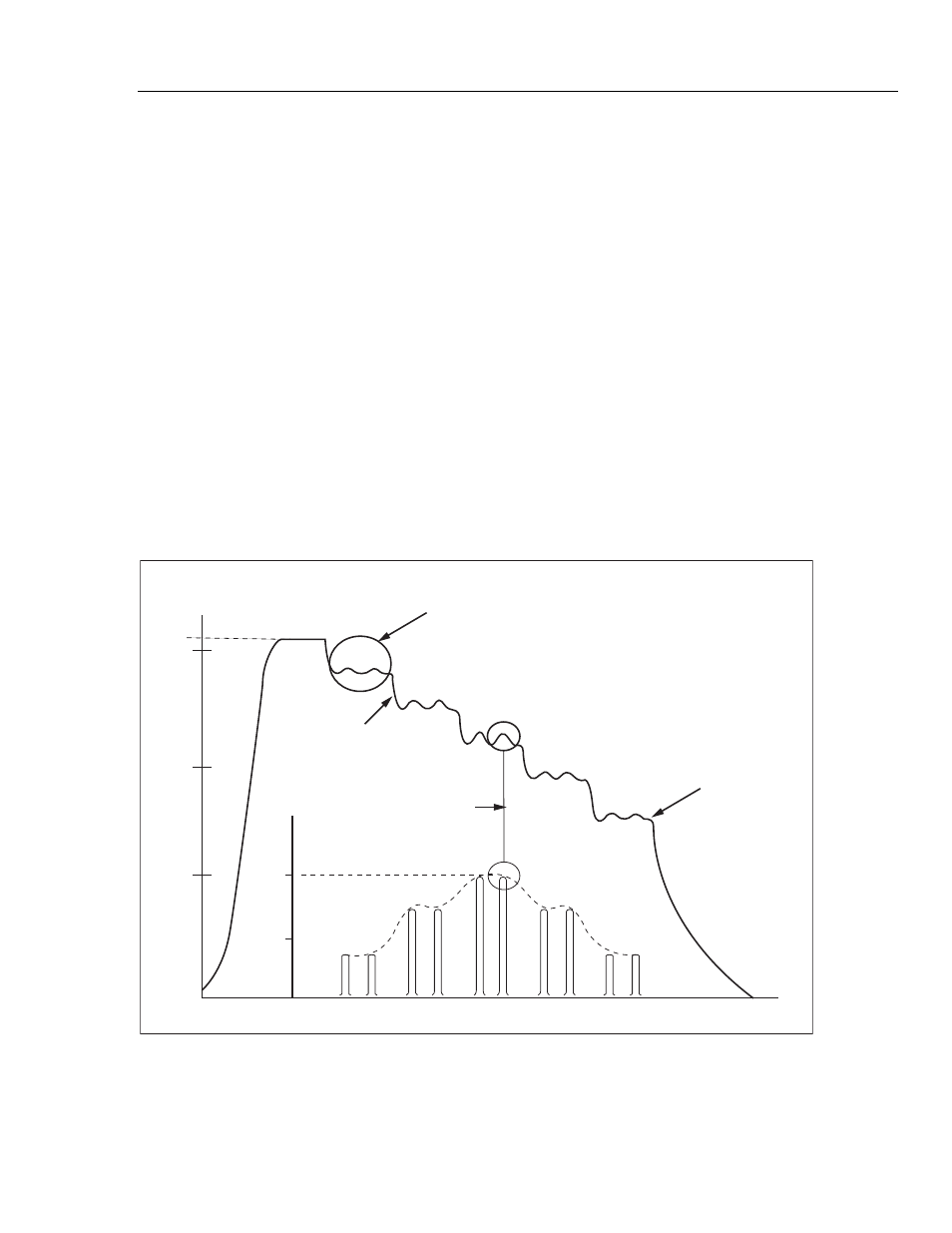Cuff deflation – Fluke Biomedical Cufflink User Manual
Page 141

Appendices
Non-Invasive Blood Pressure (NIBP) Monitoring Tutorial
A
A-5
Cuff Deflation
The linear deflate method is also known as continuous bleed. This is the method a nurse
typically uses when measuring blood pressure manually. If the deflate is slow, accuracy
is improved.
For example, if the bleed rate is 1 mmHg/sec and the heart rate is 60 BPM, the cuff
pressure changes 1 mmHg per heart beat. Therefore, the error due to change in cuff
pressure is limited to 1 mmHg. If the bleed rate is 10 mmHg/sec, then the cuff pressure
changes 10 mmHg per heartbeat, and the potential error due to change in cuff pressure is
10 mmHg. This error is in addition to the error of the method being used to determine
blood pressure. The tradeoff is accuracy versus patient discomfort.
Note
If someone taking a subject’s blood pressure deflates the cuff faster than
3 mmHg/sec, an appreciable error in the ability to measure blood pressure
may be introduced. For example, if the cuff is inflated to 180 mmHg and
then deflated to 60 mmHg, it should take 40 seconds at a deflation rate of
3 mmHg/second.
Automated monitors employ algorithms to interpret the measurement points to minimize
error due to rapid deflate. A typical deflate method used by automated monitors is known
as a step or stepwise deflate, as shown in Figure A-3.
150
100
Amplified P
u
lses
mmHg
mmHg
Step Deflate
P
u
lse Pair
50
2.0
1.0
Time
C
u
ff Press
u
re
P
u
lse Aplit
u
de
Rapid Deflate
fcv008.eps
Figure A-3. Cuff Pressure and Pulse Amplitude vs. Time: Commercial Monitor
The cuff is inflated to a pressure much greater than systole and deflated in discrete steps.
Typical step deflate size is from 4 to 10 mmHg depending on the monitor and cuff size
being used. After the deflate, the monitor measures some number of pulses before
